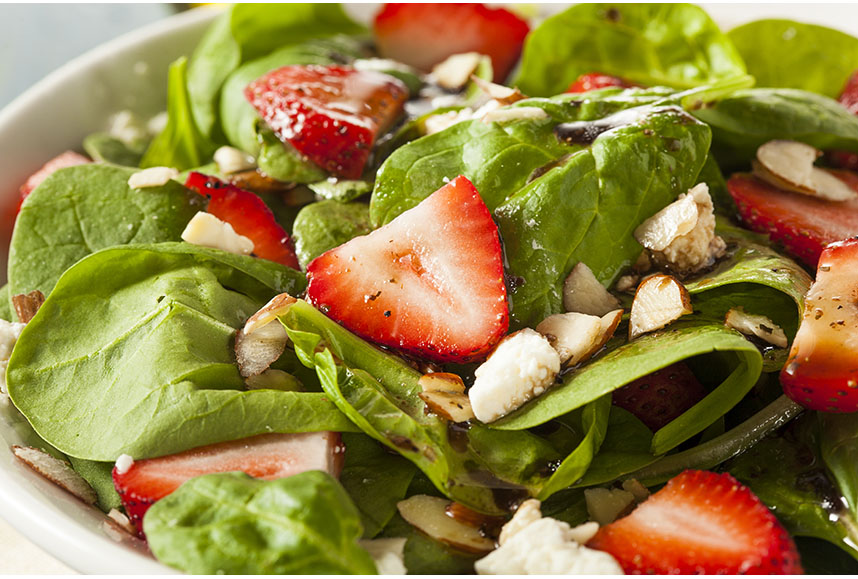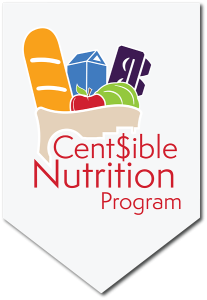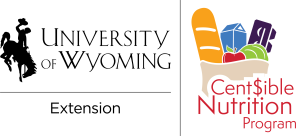Cent$ible Nutrition News • May 2021 • Volume 24 | Number 8
Fruits and vegetables can add so much to your plate, whether they are fresh, frozen, canned, or dried. In the summertime, we often turn to fresh produce- sweet melon, juicy peaches, crisp peas, and tender squash. Fresh produce is readily available this time of year in the grocery store or at farmers markets, but it isn’t the only time of year to enjoy fresh fruits and vegetables.
Adding seasonal produce to your plate all year long is a good idea. Many fruits and vegetables are available year-round, like apples and bananas. Others, like asparagus, mangoes, and peaches, are available only during specific seasons. Seasonal produce tends to be more flavorful. Choosing in-season produce allows you to change up your plate and enjoy seasonal flavors.
Buying in-season produce is also good for your budget. Seasonal fruits and vegetables tend to be cheaper than out of season produce. Grocery stores often have sales on these fruits and vegetables, making them an excellent buy.
Fresh fruits and vegetables are a great addition to your plate. When buying them, keep these tips in mind:
- Have a plan for how you are going to use fresh produce so it does not go to waste. It may be helpful to check grocery store ads before going shopping and have recipes planned out so you can buy what you know will be used.
- Similarly, only buy what you can easily use or freeze. While strawberries may be on sale, buying more than you can use in a few days may mean that many of them go bad before you can enjoy them.
- Think local. With summer months on the way, farmers market season is coming. Farmers markets can be a good way to find local, seasonal produce on a budget. Your local market may also accept SNAP and have incentive programs that allow you to receive more fruits and vegetables with your benefits.
All forms count- fresh, frozen, canned, and dried. When choosing fresh, choose in-season fruits and vegetables for a brighter, tastier, and more affordable plate. For more information on seasonal produce, visit the USDA seasonal produce guide.
Download this newsletter as a PDF.
May's Feature Recipe


